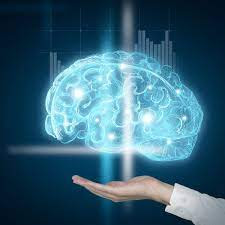 |
Medical Holography |
Medical holography is a 3D visualizing technology used to measure the natural cavity, organs, and tissue of the human body. Holography provides a unique experience to a doctor and offers empowerment to clinicians. This new technology can ingest medical images of a patient's heart and display a 3D holographic image of that heart. Holograms are three-dimensional images generated by interfering beams of light that reflect real, physical objects. Medical holography not only allows a doctor to view the heart in 3D, but also allows to explore, rotate, and slice holograms in real time.
The holographic images can be analyzed from various angles and can also be projected on a white screen in order to create 3D images. This technology is used in many facets of the medical world and can help doctors to discover new treatment options, detect abnormalities earlier, and perform surgery more efficiently.
Medical holography has even been used to create a moving 3D image of a particular object in order to create a virtual examination. Holograms can also be used to observe the status of organs or bones in real time. Thus, medical holography is on its way to revolutionizing medicine.
Medical holographs are used to convert information about the human body into digital format based on 3D imaging analysis. This 3D visualizing technology allows doctors to visualize and measure stress on various body organs such as heart, liver, and lungs during surgery. Medical holography can be used for medical training, tumor localization, measurement of complex 3D structures of human body, remote therapy, diagnosis of diseases, and to plan surgeries. Medical holography can be used for several applications such as orthopaedics, ophthalmology, otology, urology, pathology, and medical research.
Thus, with the increasing adoption of holography products in biomedical research and medical education, the demand for holography products is also increasing worldwide. For example, German Cancer Research Center (DKFZ) foster the use of HoloMonitor technology, as the holographic images have a much higher resolution than classic ultrasound can provide, significantly reducing the number of false-positive and false-negative findings.




Comments
Post a Comment